- 90 degrees.
- 30 degrees.
- 180 degrees.
- 45 degrees.
Quote From Page 2 Of The CDL Manual:

An indirect tiedown that is used to prevent front-to-back cargo movement must make an angle of at least 30 degrees with the deck when viewed from the side of the vehicle.

An indirect tiedown that is used to prevent side-to-side movement must make an angle of at least 30 degrees when viewed from the front or back of the vehicle.
- Bulkhead.
- Chock.
- Pallet.
- Edge protector:
Quote From Page 1 Of The CDL Manual:
Edge protector:
A device placed on the exposed edge of an article to distribute tiedown forces over a larger area of cargo than the tiedown itself, to protect the tie-down and/or cargo from damage, and to allow the tiedown to slide freely when being tensioned.
- Liquid tankers are easier to roll over
- Liquid tankers are harder to stop in an emergency than other types of vehicles
- Tanker vehicles have a higher center of gravity
- All tankers have baffle devices to limit sloshing of liquids
Quote From Page 84 Of The CDL Manual:
Hauling liquids in tanks requires special skills because of the high center of gravity and liquid movement. A high center of gravity means that much of the load's weight is carried high up off the road. This makes the vehicle top-heavy and easy to roll over. Liquid tankers are especially easy to roll over. Tests how that tankers can turn over at the speed limits posted for curves. Take highway curves and on-ramp/off-ramp curves well below the posted speed limits.
- All the way up
- Half way up
- On light loads, only half way but on heavy loads, it should be raised all the way up
- 3/4 of the way up
Quote From Page 77 Of The CDL Manual:
Raise The Front Trailer Supports (Landing Gear)
- Use low gear range (if so equipped) to begin raising landing gear. Once free of weight, switch to the high gear range.
- Raise landing gear all the way up. (Never drive with landing gear only part way up, as it may catch on railroad tracks or other things.)
- After raising landing gear, secure crank handle safely.
- When full weight of trailer is resting on tractor:
- Check for enough clearance between rear of tractor frame and landing gear. (When the tractor turns sharply, it must not hit landing gear.)
- Check that there is enough clearance between the top of the tractor tires and the nose of the trailer
- These are all requirements
- Attach one tiedown rearward
- Attach one tiedown forward
- Prevent the coil from rolling
Quote From Page 5 Of The CDL Manual:
There are three requirements for coils transported with eyes crosswise:

Prevent the coil from rolling
Attach one tiedown forward.
Attach one tiedown rearward.
- More than 3/4
- More than half
- More than 1/4
- Rollover accidents rarely result in death
Quote From Page 70 Of The CDL Manual:
More than half of truck driver deaths in accidents are the result of truck rollovers
- Release dolly brakes
- Close air shut-offs at rear of first semitrailer (and on dolly if so equipped)
- Release converter dolly fifth wheel latch.
- Park in a "half circle" on firm level ground
Quote From Page 81 Of The CDL Manual:
Uncouple rear trailer:
- Park in a straight line on firm level ground.
- Apply parking brakes so rig will not move.
- Chock wheels of second trailer if it does not have spring brakes.
- Lower landing gear of second semitrailer enough to remove some weight from dolly.
- Close air shut-offs at rear of first semitrailer (and on dolly if so equipped).
- Disconnect all dolly air and electric lines and secure them.
- Release dolly brakes.
- Release converter dolly fifth wheel latch.
- Slowly pull tractor, first semi-trailer and dolly forward to pull dolly out from under rear semi-trailer.
- To allow drivers without a hazardous materials endorsement to drive a placarded vehicle
- So that dangerous chemicals can be transported without placards
- Some hazardous materials are not allowed on certain roadways unless permits are obtained
- None of these answers are correct
Quote From Page 86 Of The CDL Manual:
Some locations require permits to transport certain explosives or bulk hazardous wastes. States and counties also may require drivers to follow special hazardous materials routes. The federal government may require permits or exemptions for special hazardous materials cargo such as rocket fuel. Find out about permits, exemptions and special routes for places you drive.
- 1/2 inch
- 1 inch
- 1/4 inch
- 3/4 inch
Quote From Page 66 Of The CDL Manual:
Check manual slack adjusters on S-Cam brakes: Park on level ground and chock the wheels to prevent the vehicle from moving. Turn off the parking brakes so you can move the slack adjusters. Use gloves and pull hard on each slack adjuster that you can get to. If a slack adjuster moves more than about one inch where the push rod attaches to it, it probably needs adjusting. Vehicles with too much brake slack can be very hard to stop. Out-of-adjustment brakes are the most common problem found in roadside inspections. Be safe. Check the slack adjusters.
The manual adjustment of automatic slack adjusters is dangerous because it gives the vehicle operator a false sense of security about the effectiveness of the braking system.
TruckingTruth's Advice:
This is a very important figure to memorize. Remember, the slack adjuster, when properly adjusted, should move no more than 1 inch.
- Loss of traction due to loose sand or gravel on the roadway
- Increased stopping distance due to friction created by standing water
- A loss of steering or braking control when a layer of water prevents direct contact between tires and the road surface
- Loss of traction due to excessive icing on the roadway
Quote From Page 29 Of The CDL Manual:
In some weather, water or slush collects on the road. When this happens, your vehicle can hydroplane. It is like water skiing: the tires lose contact with the road and have little or no traction. You may not be able to steer or brake. You can regain control by releasing the accelerator and pushing in the clutch. This will slow your vehicle and let the wheels turn freely. If the vehicle is hydroplaning, do not use the brakes to slow down. If the drive wheels start to skid, push in the clutch to let them turn freely.
It does not take a lot of water to cause hydroplaning. Hydroplaning can occur at speeds as low as 30 mph if there is a lot of water. Hydroplaning is more likely if tire pressure is low or the tread is worn. (The grooves in a tire carry away the water; if they are not deep, they do not work well.) Be especially careful driving through puddles. The water is often deep enough to cause hydroplaning.




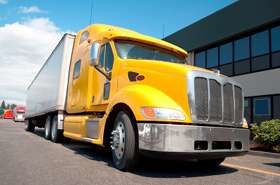


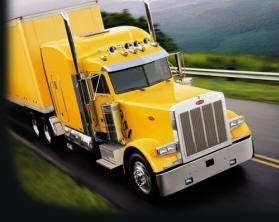
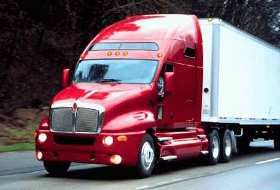
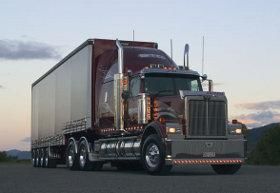
 ) to help you understand the materials better and gain an understanding for how that knowledge will fit into the overall picture.
) to help you understand the materials better and gain an understanding for how that knowledge will fit into the overall picture.
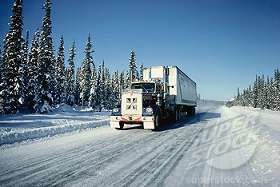
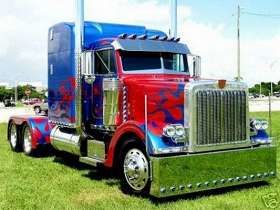
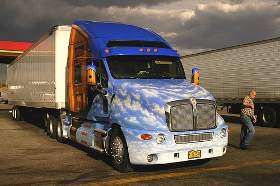
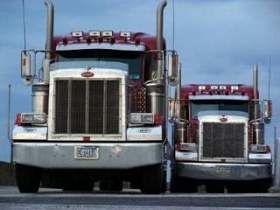
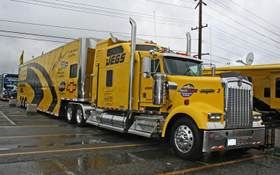
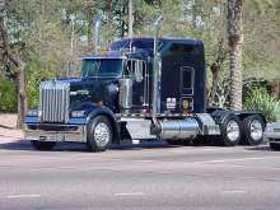
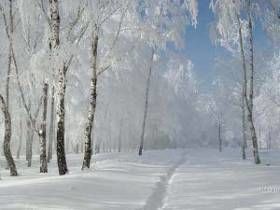
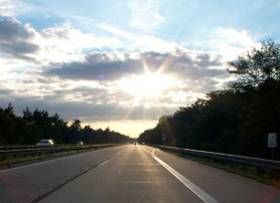
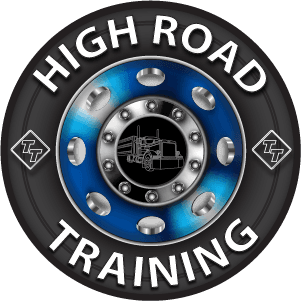




 TT On Facebook
TT On Facebook